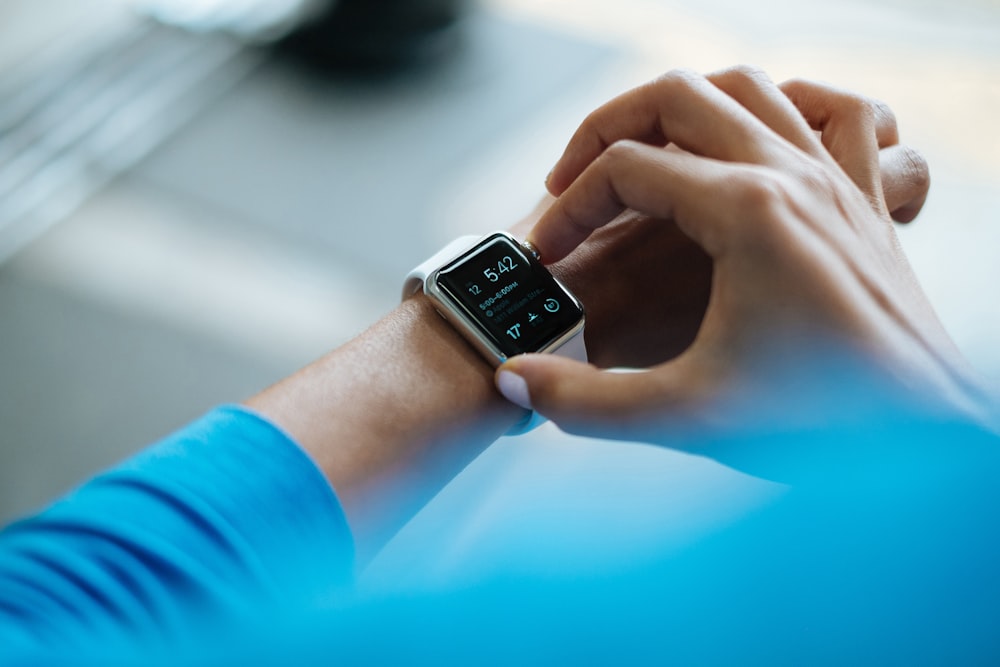With the robust growth of technology innovations, every niche is trying to catch up with tech trends that will boost their operations, and the sports world has not been left behind.
From advanced gears to adopting artificial intelligence for data analytics, technology is slowly shaping college sports. Players can now access state-of-the-art stadiums and wear customized gear and fitness trackers. All these have resulted in improved performance among student-athletes.
Let’s explore diverse technologies currently shaping college sports.
Wearable Technology

Wearable gadgets have become essential tools in college life. For instance, gadgets like smartwatches help students manage their time well and have productive study sessions.
They are able to prioritize tasks and work on assignments early, thus reducing the chances of late submissions or depending on writers from an essay writing service. The benefits of wearables are also seen in sports. Wearable gadgets such as fitness trackers, smartwatches, and biometric sensors are gradually gaining popularity among student-athletes.
These devices are particularly useful in tracking players’ heart rates and overall wellness. Understanding athletes’ fitness conditions helps them know how far they should exert themselves.
Additionally, it gives the coach insight into how to handle various players during training and tournaments, including when to make submissions, since they understand better how far a player can stretch.
Wearable devices make a player more aware of their speed, sleep patterns, and distance covered during their routine workouts and game days. These analytics make it much easier to monitor a player’s health and even get them into a suitable diet.
Sports Analytics
Artificial intelligence has been a major innovation that various industries are currently enjoying, including the sports sector. Advanced data collection and analysis through various AI tools gives stakeholders of the college sports team a glimpse into what they have achieved and projections of where the team will be in the future.
Having such analytics gives the team a direction regarding regulations that, if implemented, will spiral the team to optimal performance.
Data-driven insights also help coaches in decision-making since they will clearly understand what strategies to implement, what training regimens to use, and what players to bench or add to the starting lineup. This data-driven analysis is like having a third eye since the team management can see through various things that may not be obvious during training or live games.
Virtual Reality Training
College sports teams are now adopting virtual reality aids in their training sessions. The primary reason for adopting this tool is that it provides comprehensive training information on simulated game scenarios that provide an immersive experience for student-athletes.
‘The virtual environment provides players with vast lessons, including decision-making, situational awareness, and reaction time. Though not physical, virtual reality games can help strengthen a player’s mental capability since they involve more thinking than running or jumping around.
These games closely mimic real games; thus, they emphasize the lessons learned on the pitch, and players can also apply lessons from the virtual reality games on the pitch.
Recruitment and Scouting Tools
College sports teams often extend a hand for talented student-athletes to join their team through a scouting process. The scouting process usually aims to find talented individuals who can fit into the school in academics and sports.
Initially, scouting was more hands-on, but team management currently holds virtual scouting processes. Colleges are now utilizing sophisticated scouting platforms to bring talented student-athletes on board.
The scouting platforms utilize data and data analytics to identify the fitness levels of various prospects and track their performance in the teams they have played for before. The scouting team can get insights into a player’s wellness and personal and academic life through data analytics, thus helping them decide on the best talents to bring on board. These platforms also provide communication between the recruits and the scouting team.
Video Analysis

Video analysis has made it easier for coaches and players to identify their weaknesses and strengths on the pitch. Playing back recorded videos helps teams identify errors they might have missed during the live game. Identifying such pointers helps the coach develop new strategies to solve the underlying issues.
Furthermore, through video analysis, coaches can watch and rewatch their opponent’s matches to identify their playing patterns and make relevant changes in the team. Players can also review their performance regularly, which helps them prioritize specific training routines. For example, if players realize they are slow on the field, they may be motivated to improve their speed.
Tracking Systems
College sports stadiums are now equipped with high-tech tracking systems such as cameras and sensors, primarily used to monitor every player’s movement in the field. These trackers capture the player’s positioning, speed, patterns, and techniques to help give the coach more insight into every player’s performance from different angles. Such display helps the coach identify areas that need improvement and tailor specific training programs.
Biomechanical Analysis
To get the most out of something, you have to analyze areas to capitalize on and what to avoid. For instance, when you want to pay for an essay, you have to analyze the best pay for essay websites to ensure you pick one with the most perks. Similarly, sports team analyze their players to know their strengths and areas that require improvement.
Sports teams have adopted biomechanical analysis tools to comprehensively analyze a player’s biomechanics and technique. The tools used for this purpose include motion capture systems and 3D motion, which give an overview of various factors, including running strength, throwing, and jumping techniques, and sensors used to assess athlete biomechanics and technique.
Knowing such factors helps coaches identify weaknesses and create corrective measures to improve an athlete’s performance and reduce injury risks.
Upshot
Technology has been adopted in various sporting activities to improve players’ performance and coaching experience.
Technological innovations are all around and can be applied in multiple sporting departments. Players face diverse challenges on and off the pitch, but with the adoption of various technologies, issues such as injuries are now easy to solve.
With wearable devices, it is now easy to track an athlete’s fitness and create a training regimen suitable for their strength, thus making them comfortable even during training since they do not have to overstretch themselves.





